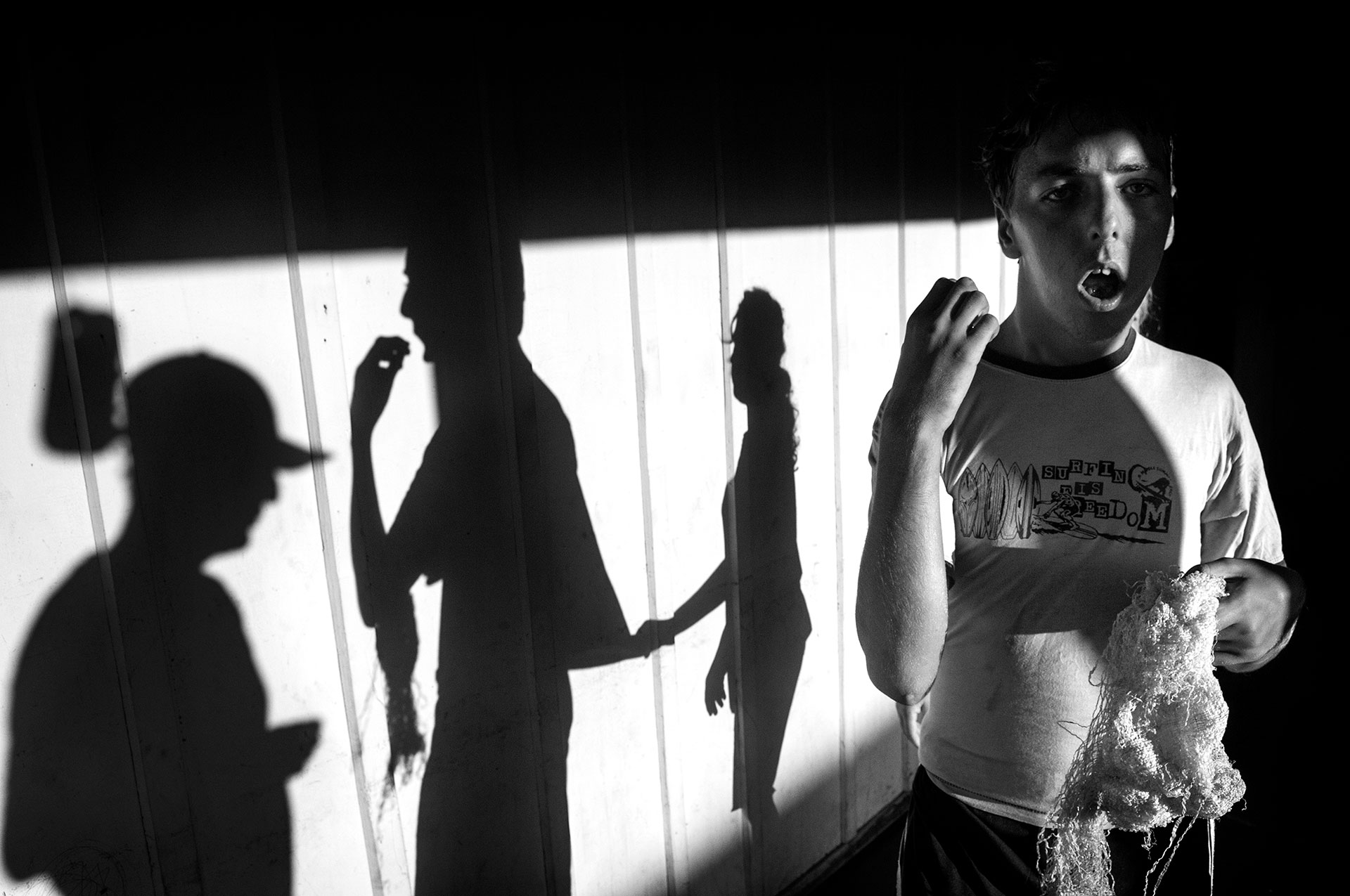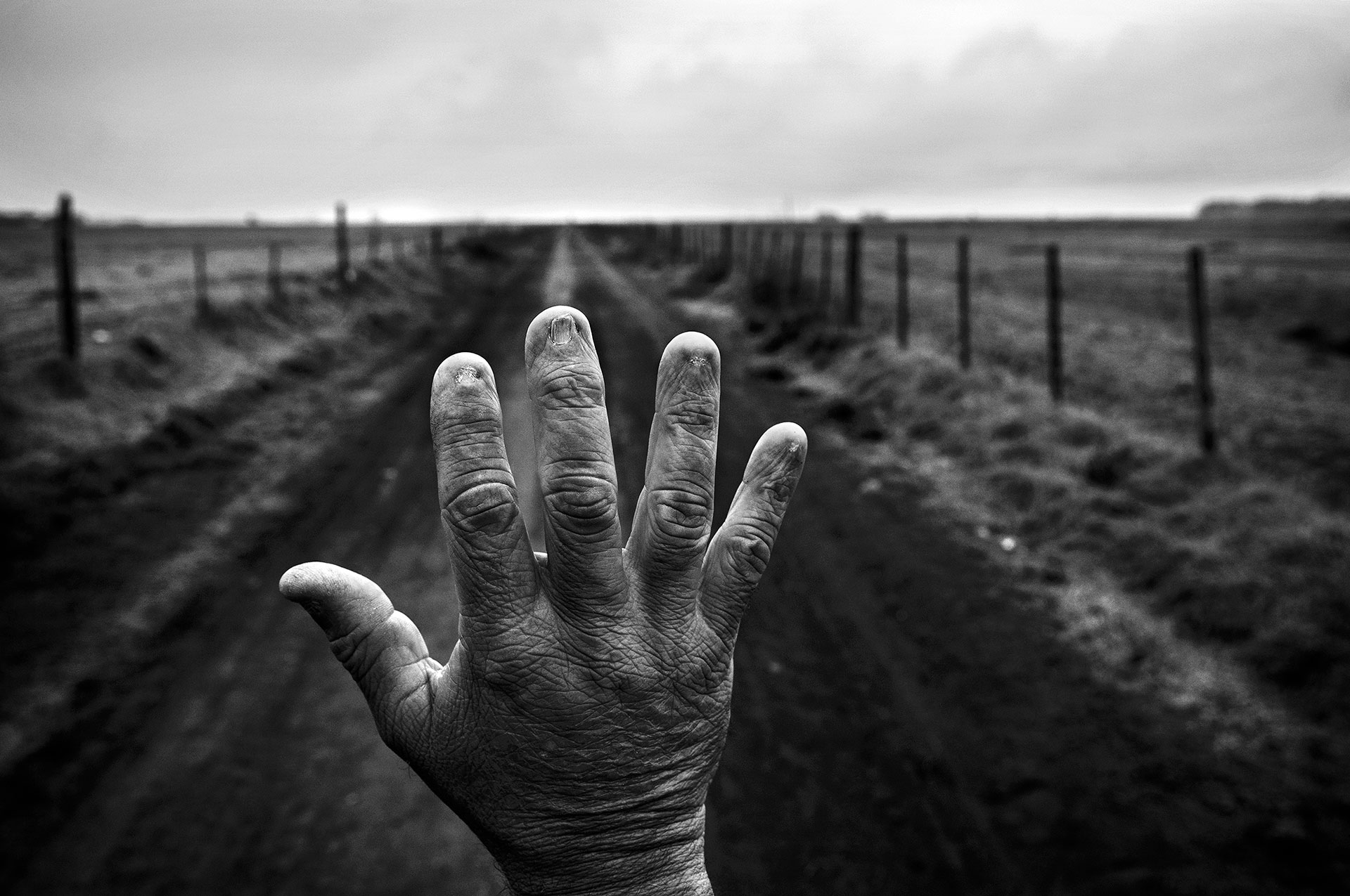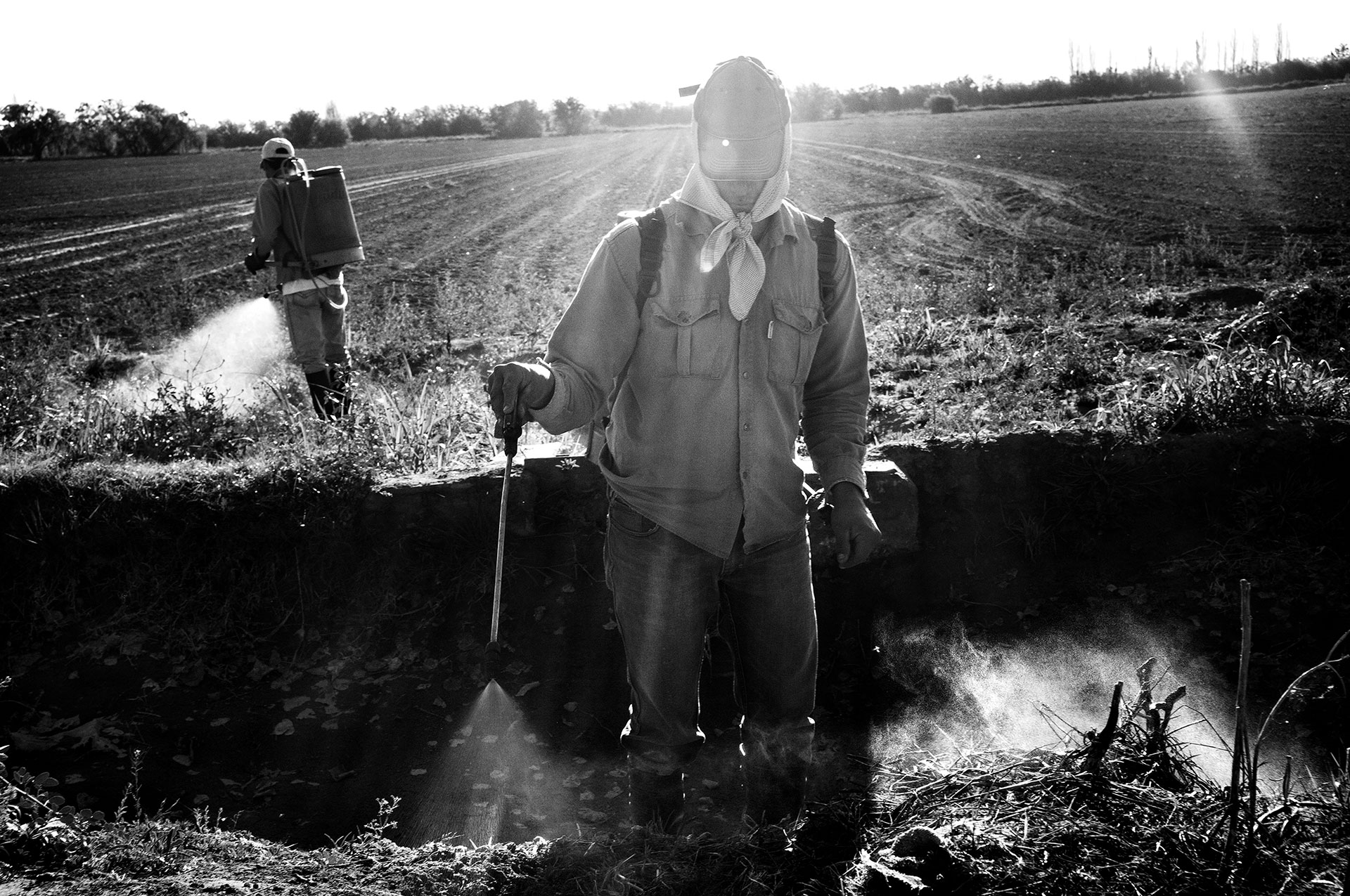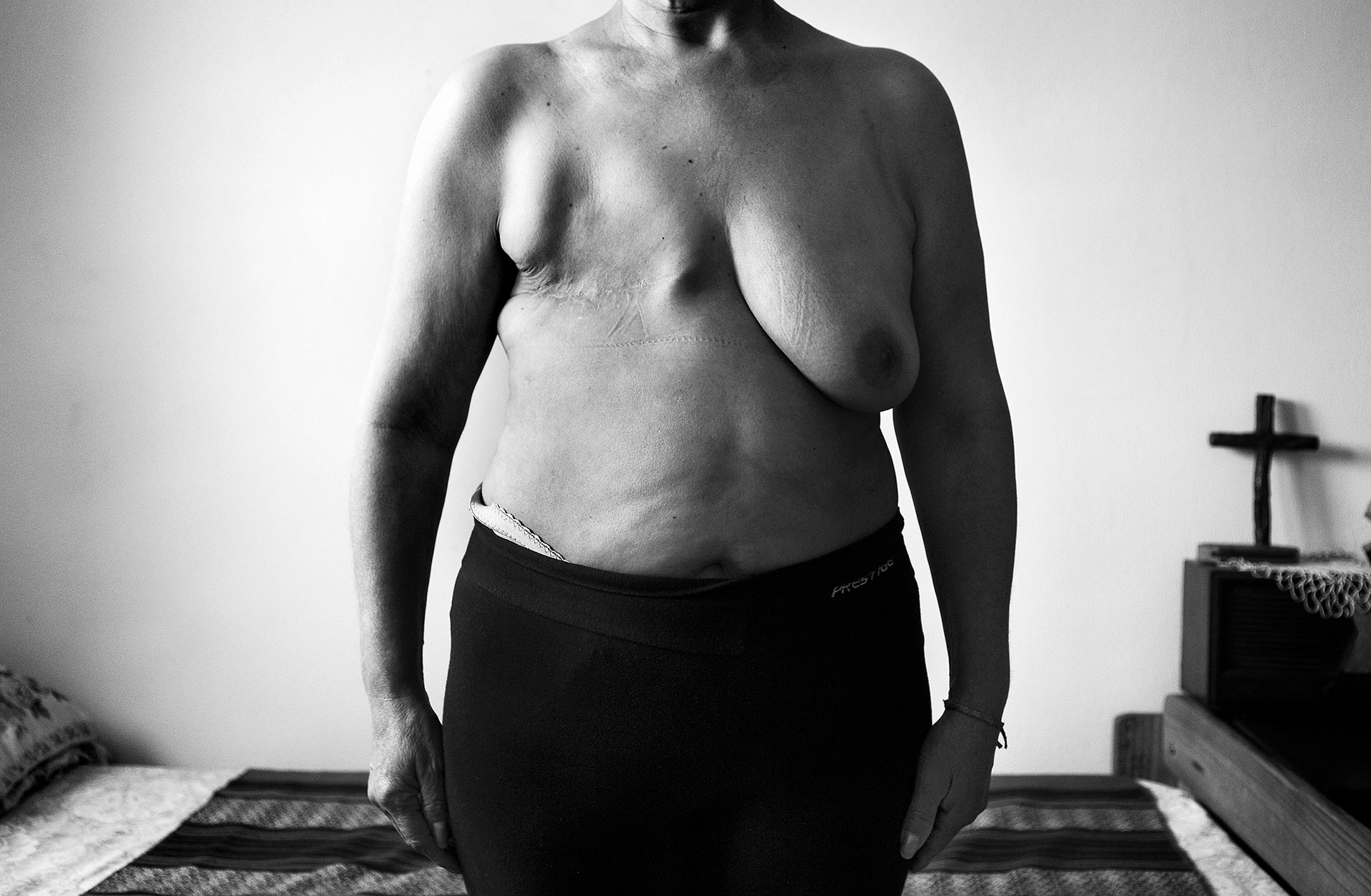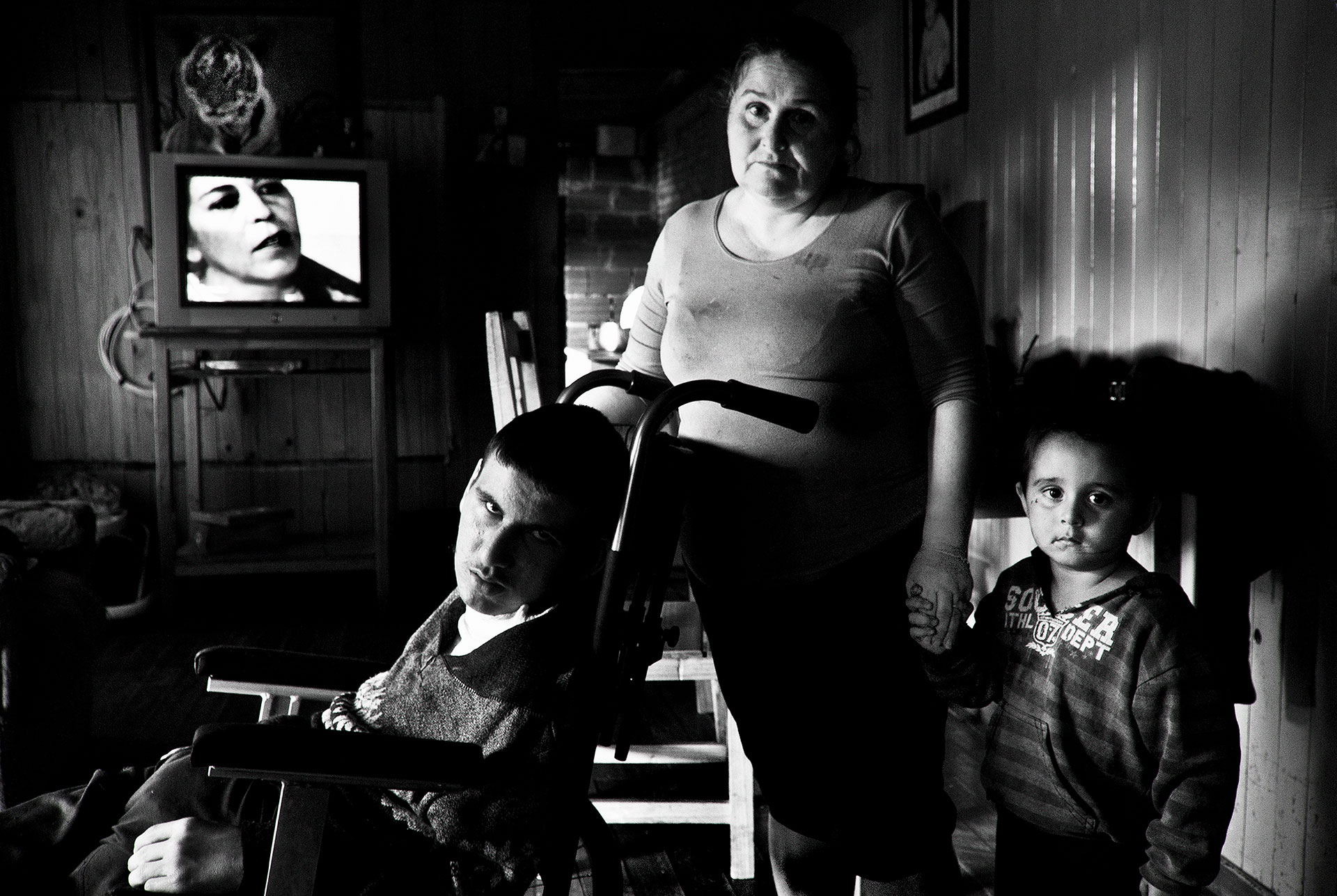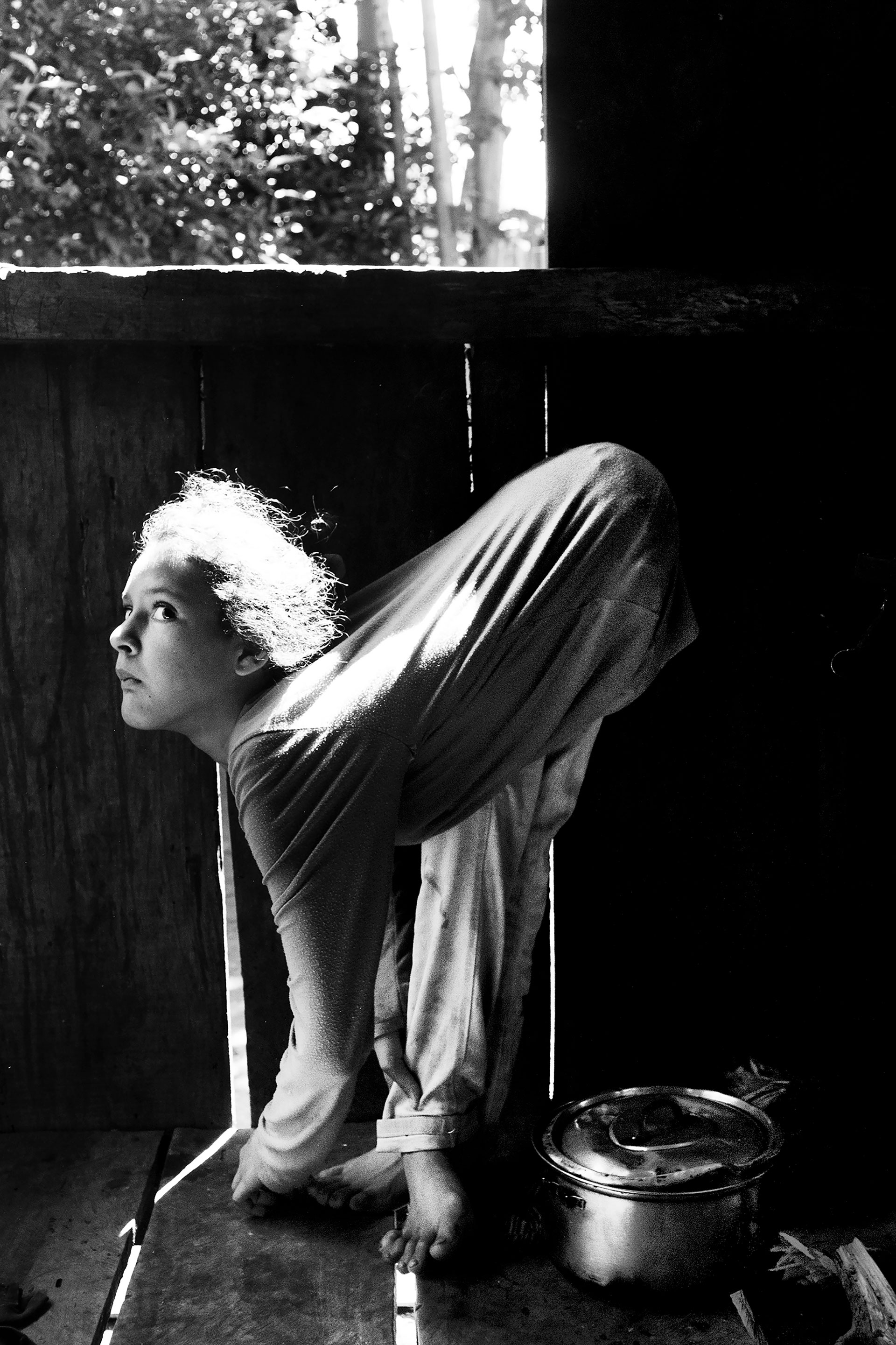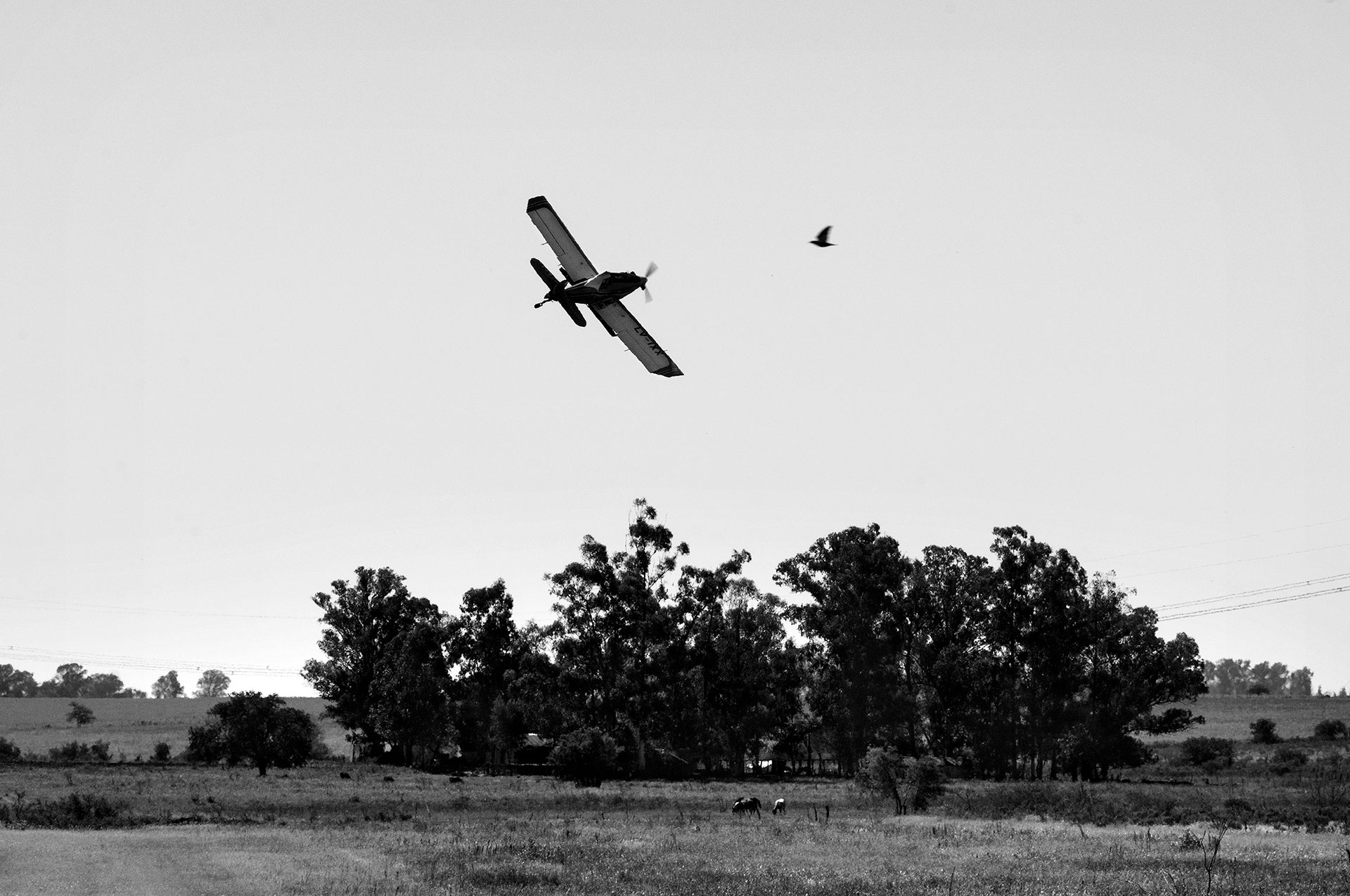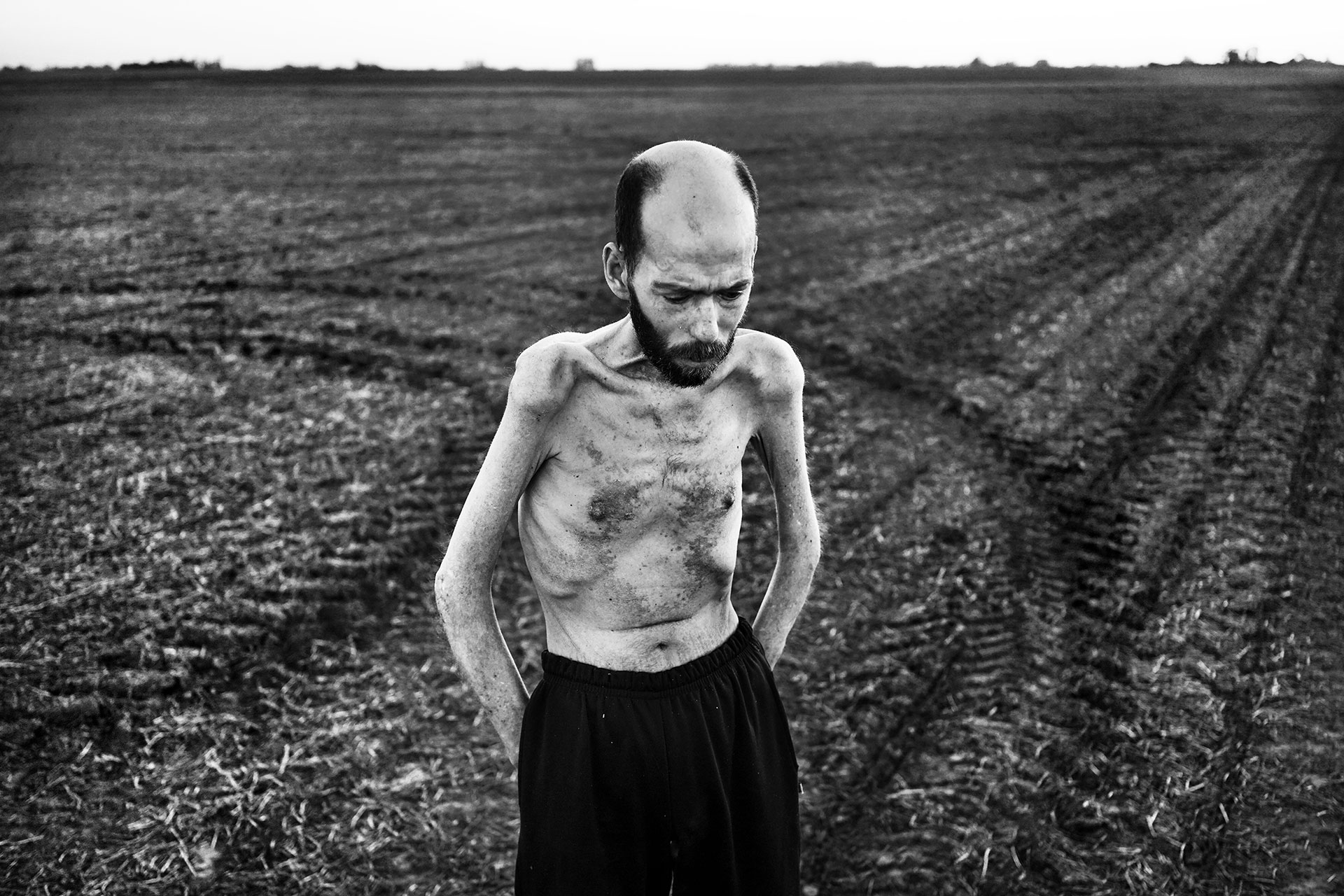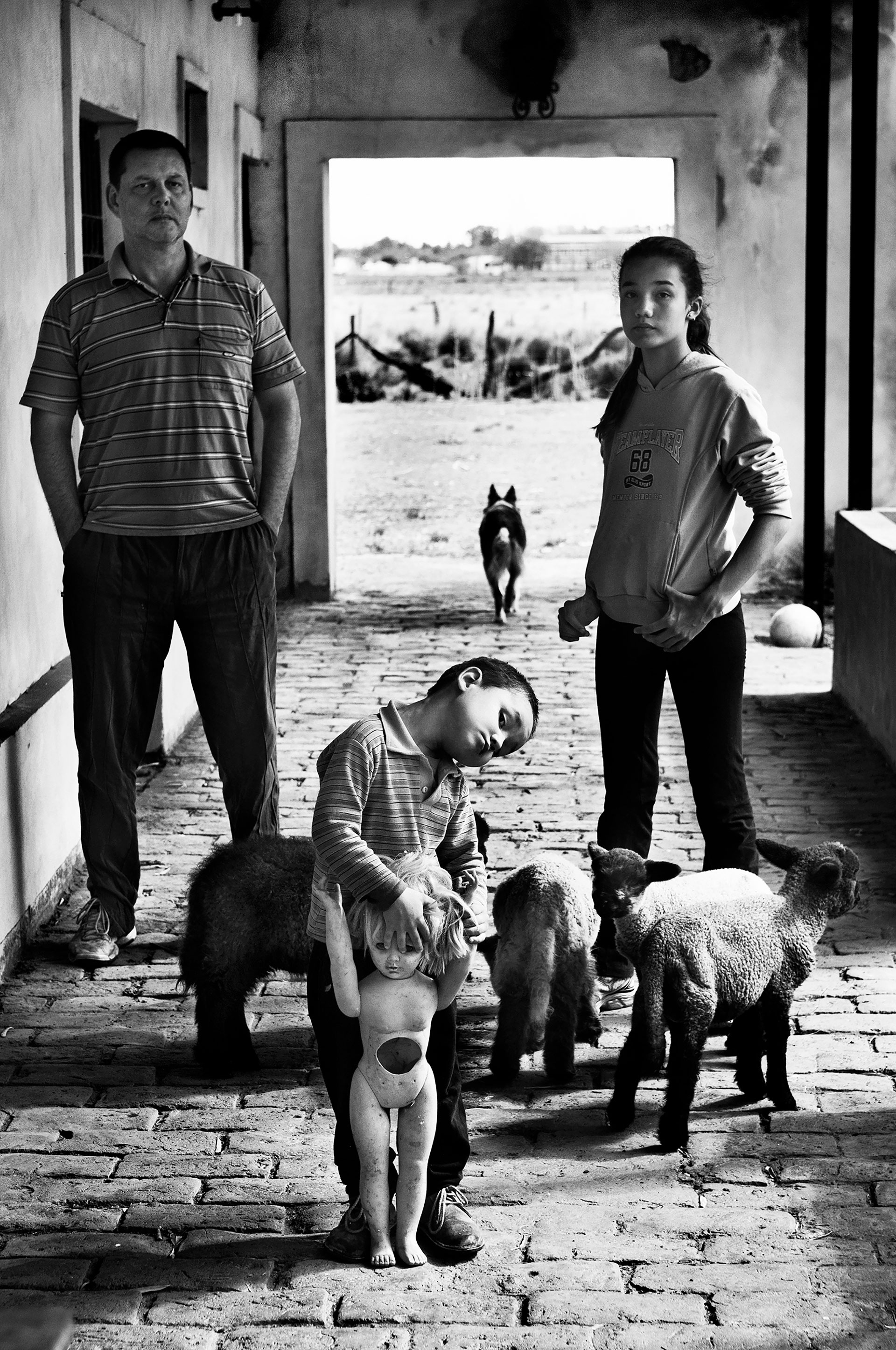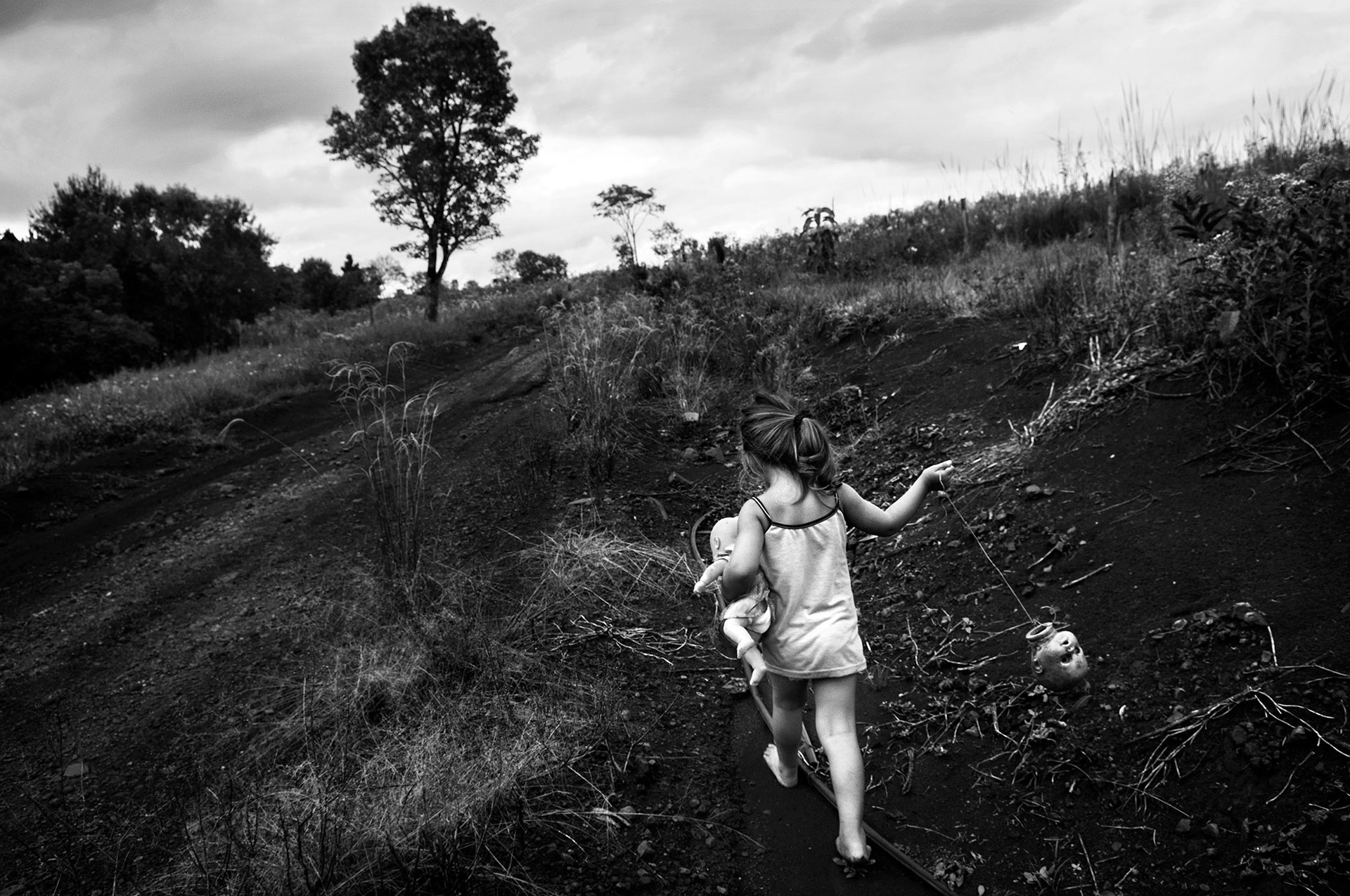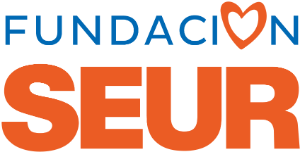Presentation
In 1996, the Argentinian Government approved the commercialization of transgenic soybeans and the use of the herbicide glyphosate. Argentina approved GMOs (genetically modified organisms) without conducting its own research, considering scientific evidence only what was published by the Monsanto Company. Growing transgenic soybeans was authorized through an administrative procedure in just three months. Since then, the country has become an experimental field. In 2015, after almost 20 years, over 24.5 million hectares representing 60% of the country’s cultivated area had been sprayed with 320 million litres (84 million US gallons) of agrotoxins per year (200 million litres/53 US million gallons of glyphosate + 120 million litres/32 US million gallons) of other herbicides, insecticides, and fungicides forbidden in most countries around the world.
According to information from the crop-sprayed towns, 13.4 million people are affected.
A health survey performed by the University of Rosario proved the cancer rate to be two or three times higher than the national average in the crop-sprayed towns. Miscarriages and cases of malformations among new-borns increased exponentially in some of these towns, at the same pace as the planting of the transgenic crop.
Other terrible consequences of this agro-industrial model are the displacement of the native peoples and massive autochthonous tree logging.
The agrotoxin business in Argentina is lead by a group of 25 domestic and international companies earning a total profit of nearly 2550 million US dollars per year from pesticide sales.
Major media outlets have perversely hidden the outrageous numbers of people affected, thus becoming accomplices of those directly responsible, such as Monsanto, politicians, important landowners, and seed pools.
Biography
Since the age of 18, Pablo E. Piovano has worked as a photographer for the Argentine daily newspaper Página/12.
In 2005 and 2014 he was awarded Fundación García Márquez scholarships.
In 2001 he documented Argentina’s political and social crises and his pictures, together with those of other photographers, were compiled in the book “Episodios argentinos, diciembre y después” (Argentine Episodes, December and its Aftermath), including texts by author Tomás Eloy Martínez.
Between 2004 and 2008 he coordinated a workshop for children and teenagers at risk of exclusion in Isla Maciel, Buenos Aires. Its output was compiled in the book “Ojos y voces de la Isla” (Eyes and Voices from La Isla).
His photographic work has been awarded at several international festivals such as the one organized by the Fundación Manuel Rivera Ortiz, the Festival Internacional de la Imagen de México, and the International Photography Award.
Over the last few years, his pictures have been exhibited in countries such as Italy, Spain, France, China, Turkey and Australia.
